Whole body cryotherapy (WBC) is a cutting-edge treatment gaining traction in wellness and recovery circles. As the popularity of WBC continues to rise, it’s crucial to understand how it compares to other cryotherapy methods. This article delves into the specifics of WBC, its mechanisms, session experiences, and claimed benefits, providing a comprehensive overview for those considering this innovative therapy.
What is Whole Body Cryotherapy?

Whole body cryotherapy is a therapeutic technique that exposes the entire body to extremely low temperatures, typically ranging from -110°C to -140°C, for a short duration, usually around three minutes. The practice originated in Japan in the late 1970s and has since evolved into a popular wellness treatment in Europe and North America. WBC aims to stimulate the body's natural healing processes by inducing a temporary state of extreme cold. This method is distinct from localised cryotherapy, which targets specific areas of the body for pain relief or inflammation reduction.
The primary objective of WBC is to improve recovery and overall wellness. Athletes and fitness enthusiasts often utilise this treatment to accelerate muscle recovery after intense workouts, while others seek it for its potential benefits in reducing chronic pain and improving mental health. Heracles Wellness is proud to be the solae trader Quantum Cryotherapy products in the UK.
How does Whole Body Cryotherapy work?
The science behind whole body cryotherapy involves exposing the body to sub-zero temperatures, which triggers the body's natural "fight-or-flight" response. Upon entering the cryotherapy chamber, blood vessels constrict and the sympathetic nervous system is activated, redirecting blood flow away from the extremities. This process helps protect the body's core temperature and the coolin effect impacts cellular processes causing lower enzyme activity and metabolism and increasing anti-inflammatory cytokine production. The physiological effects include reduced inflammation and pain relief. Users often report feeling invigorated and alert following their sessions due to the release of endorphins during this rapid temperature shift.
What are the typical sessions like?

A typical whole body cryotherapy session lasts between two and four minutes. Before entering the chamber, participants change into protective gear provided by the facility, which may include gloves, socks, and a robe. This gear is essential for safeguarding sensitive areas from extreme cold.Once dressed, users enter a specialised cryotherapy chamber designed to maintain low temperatures safely. During the session, clients can listen to music or engage with staff through communication systems for comfort. The experience can feel akin to standing outside on a frigid winter day but is generally well-tolerated by most individuals. After exiting the chamber, many report feelings of euphoria and increased energy levels.
What are the claimed benefits of WBC?
Proponents of whole body cryotherapy tout a variety of benefits associated with regular sessions:
- Alleviating pain from arthritic conditions: The reduced inflammation and cold-induced pain relief can provide significant comfort for those suffering from arthritis and other chronic pain conditions.
- Improved recovery from muscle injury: The anti-inflammatory properties and reduced muscle soreness post-exercise can significantly enhance muscle recovery times for athletes and those with muscle injuries.
- Enhanced athletic performance: Reduced inflammation translates to faster recovery, potentially allowing athletes to train harder and achieve better results.
- Improved sleep patterns: Certain studies suggest WBC can regulate the body's natural sleep-wake cycle, leading to better quality sleep.
- Enhanced mood: Improved sleep and pain management can positively impact mood and reduce anxiety symptoms.
While these benefits are widely claimed by users and some practitioners, it’s important to note that scientific research on WBC's efficacy is still ongoing. As such, individuals should approach these claims with an open mind while considering their personal health needs and consulting with healthcare professionals when necessary. We also have a guide outlining the difference between electric cryotherapy vs liquid nitrogen cryotherapy.
What are the Alternative Cryotherapy Methods?
While WBC has gained significant attention for its comprehensive approach to recovery and wellness, several alternative cryotherapy methods offer unique benefits. These alternatives cater to specific needs and preferences, providing targeted treatments that can be more convenient or effective for specific conditions. Understanding these methods allows individuals to choose the best option for their health and wellness goals.
What is Partial Body Cryotherapy?
WBC exposes the entire body to extremely cold temperatures, including the head and neck. In contrast, Partial Body Cryotherapy (PBC), often called "head-out" cryotherapy, focuses on the lower body and core, with the head remaining at room temperature. This approach does not activate the autonomic nervous system as effectively as WBC, reducing associated benefits.
PBC units, depending on the design, may not offer uniform temperature distribution. This can decrease lower body temperature compared to the core and upper body, potentially reducing the therapeutic effects. Additionally, some partial body cryotherapy units utilise direct exposure to liquid nitrogen gas, which carries a risk of cold burns and even asphyxiation if not appropriately handled. On the other hand, WBC chambers typically use cooled air, eliminating the risk of burns and offering a more controlled environment.
What is Localised Cryotherapy?
Localised cryotherapy focuses on applying cold temperatures to specific areas of the body rather than the entire body. This method is particularly effective for treating acute pain, inflammation, or injuries in targeted regions. During a session, a specialised device delivers cold air, typically ranging from -25°C to -40°C, directly to the affected area for about 5 to 10 minutes.
Common uses of localised cryotherapy include recovery from sports injuries, management of chronic pain conditions, and even cosmetic applications like cellulite reduction. Unlike WBC, which promotes systemic benefits through full-body exposure, localised cryotherapy provides immediate relief by constricting blood vessels in the targeted area, reducing inflammation and swelling. This method is often preferred when quick results are needed for specific ailments.
How do Ice Packs and Cold Compresses Compare to WBC?
Traditional methods of cryotherapy, such as ice packs and cold compresses, have been used for decades to alleviate pain and swelling following injuries. While these methods are accessible and convenient, they differ significantly from WBC in terms of effectiveness and experience. Ice packs typically require longer application times and can lead to discomfort or numbness as they cool the skin.In contrast, WBC offers a more intense and controlled cold exposure that can stimulate a broader range of physiological responses. The convenience of ice packs may be appealing; however, they often lack the systemic benefits associated with whole-body treatments. Additionally, ice packs may not reach the therapeutic temperatures achieved in a cryotherapy chamber, limiting their effectiveness in promoting recovery.
What about Cryo Facials and Their Effects?

Cryo facials represent another innovative application of cryotherapy focused specifically on facial rejuvenation. As a new treatment, research still needs to be expanded on this treatment. This involves applying cold temperatures to the face using a specialised device or wand that delivers cold air or liquid nitrogen. The primary goals of cryo facials include reducing puffiness, tightening skin, and stimulating collagen production.
Unlike WBC, which targets the entire body for recovery benefits, cryo facials concentrate on enhancing skin appearance and health. Users have reported improved skin tone and texture after treatment, along with a refreshing sensation. While both methods utilise cold therapy principles, their effects differ significantly; WBC aims for overall wellness and recovery, while cryo facials focus on aesthetic enhancements.
In summary, alternative cryotherapy methods provide diverse options tailored to individual needs—whether targeting specific injuries with localised cryotherapy or improving skin health through cryo facials. Each method has its unique characteristics and benefits that can complement or serve as alternatives to Whole Body Cryotherapy. Learn more in our extensive cryotherapy buying guide.
What are the Key Differences Between WBC and Other Methods?
Whole Body Cryotherapy (WBC) and alternative cryotherapy methods differ significantly in procedure, effectiveness, and outcomes. Let’s have a look at some of the major differences in detail.
How does the Temperature Exposure Vary in Different Methods?
Temperature exposure varies significantly among cryotherapy methods. Whole Body Cryotherapy typically employs extreme cold temperatures ranging from -110°C to -140°C. This intense exposure is designed to trigger powerful physiological responses that promote healing and recovery throughout the entire body.
Localised cryotherapy uses less extreme temperatures, usually between -25°C to -40°C, focusing on specific areas for targeted treatment. While these temperatures are effective for reducing inflammation and pain in localised regions, they do not elicit the same systemic effects as WBC. Traditional ice packs and cold compresses generally operate at higher temperatures than both WBC and localised cryotherapy, often requiring longer application times to achieve therapeutic benefits.
What are the Duration and Frequency Differences?
Session duration and recommended frequency also differ across cryotherapy methods. Whole Body Cryotherapy sessions are brief, lasting approximately three minutes, which allows for quick incorporation into busy schedules. However, multiple sessions may be recommended weekly or bi-weekly for optimal results, particularly for athletes or individuals recovering from injuries.
Localised cryotherapy sessions typically last between 5 to 10 minutes per targeted area. The frequency of these treatments can vary based on individual needs but is often conducted several times a week during recovery phases. In comparison, traditional ice packs require longer application times—usually 15 to 30 minutes—and may need to be reapplied multiple times throughout the day for effective relief.
How do the Treatment Goals Differ Between WBC and Other Methods?
The treatment goals of Whole Body Cryotherapy differ markedly from those of other cryotherapy methods. WBC primarily aims for whole-body wellness, promoting benefits such as better recovery, improved mood, reduced inflammation, and overall health optimization. This method is particularly popular among athletes seeking comprehensive recovery solutions.
In contrast, localised cryotherapy focuses on specific therapeutic objectives, such as alleviating pain in injured areas or reducing inflammation from acute injuries. Similarly, ice packs and cold compresses are used primarily for immediate pain relief and swelling reduction in targeted regions rather than overall health improvement. Cryo facials emphasise skin rejuvenation and cosmetic benefits rather than systemic health effects. Thus, while WBC serves a broad wellness purpose, alternative methods cater to specific needs within the realm of injury recovery and aesthetic enhancement.
What are the Safety and Side Effects of Each Method?
When considering cryotherapy methods, it's essential to understand their safety profiles and potential side effects. Whole Body Cryotherapy (WBC) and alternative cryotherapy techniques each come with unique risks and precautions. While WBC is often marketed for its wellness benefits, it poses specific safety concerns, particularly when not administered correctly or under professional supervision.
WBC sessions involve exposing the body to extreme temperatures, which can lead to several adverse effects. Common risks include frostbite, where skin and underlying tissues freeze, potentially causing permanent damage. Other reported issues include asphyxiation, particularly when liquid nitrogen is used in poorly ventilated spaces, leading to oxygen deficiency. Additionally, users may experience dizziness, headaches, or even transient global amnesia in rare cases. Medical experts advise that individuals with certain conditions—such as cardiovascular issues, uncontrolled asthma, or cold urticaria—should avoid WBC altogether due to heightened risk factors.
Are There Risks Associated with Whole Body Cryotherapy?
Specific risks associated with Whole Body Cryotherapy include:
- Frostbite: This is the most frequently reported injury during WBC sessions. It occurs when skin temperatures drop too low, leading to tissue freezing. Some documented cases have resulted in severe frostbite requiring medical intervention.
- Asphyxiation: The use of liquid nitrogen can lead to dangerous situations if the chamber is not adequately ventilated. Users may experience a lack of oxygen, resulting in unconsciousness or worse.
- Skin Injuries: In addition to frostbite, users can develop rashes or cold panniculitis—a condition characterised by painful lumps under the skin due to extreme cold exposure.
To mitigate these risks, it is crucial for users to follow safety protocols, such as wearing protective gear and ensuring that sessions are supervised by trained professionals.
How Do the Side Effects of Localised Cryotherapy Compare?
Localised cryotherapy generally presents fewer risks than WBC due to its targeted application of cold therapy. While localised treatments can still cause side effects such as ice burns, nerve injuries, or temporary numbness in the treated area, these occurrences are less severe compared to the risks associated with WBC.Localized cryotherapy typically involves shorter exposure times and less extreme temperatures, which reduces the likelihood of severe injuries like frostbite. Recovery time after localised treatments is usually minimal, allowing individuals to resume normal activities shortly after their session. In contrast, WBC requires more careful monitoring due to its systemic effects and potential complications.
Which Method is Considered Safer for At-Home Use?
For at-home use, traditional methods such as ice packs and cold compresses are generally considered the safest options compared to WBC or localised cryotherapy devices. Ice packs can effectively reduce pain and inflammation without the extreme temperatures associated with cryotherapy chambers. They are easily accessible and allow individuals to control exposure duration and intensity.
Localised cryotherapy devices designed for home use also offer a safer alternative but should be used with caution. Users must adhere strictly to guidelines regarding application duration and temperature settings to avoid adverse effects. On top of it, modern Cryotherapy products come with all necessary safety features and instructions that make them suitable for use at home.
Who Should Consider Whole Body Cryotherapy vs. Other Methods?

When deciding between Whole Body Cryotherapy (WBC) and alternative cryotherapy methods, individuals should consider their specific needs, goals, and health conditions. Each method offers distinct advantages that cater to different use cases, making it essential to match the therapy to the individual's requirements.
What Types of Athletes Benefit Most from WBC?
Whole Body Cryotherapy is particularly beneficial for high-performance athletes engaged in endurance sports, such as marathon runners, triathletes, and professional football players. These athletes often experience delayed onset muscle soreness (DOMS) and exercise-induced muscle damage (EIMD) due to rigorous training regimens. Research indicates that WBC can significantly reduce the sensations of soreness and expedite recovery times by alleviating inflammation and promoting muscle repair through better circulation of anti-inflammatory cytokines like interleukin-10.
Additionally, WBC may help improve performance by increasing levels of testosterone temporarily, which can increase motivation and physical readiness for competition. Athletes preparing for intense competitions or those recovering from strenuous workouts may find WBC particularly advantageous for maintaining peak performance levels.
Who May Prefer Localised Cryotherapy Instead?
Localised cryotherapy is often preferred by individuals with specific injuries or localised pain. This method is ideal for athletes recovering from acute injuries, such as sprains or strains, as it targets the affected area directly. Additionally, individuals suffering from chronic pain conditions—such as arthritis or tendonitis—may benefit more from localised treatments that provide immediate relief without the systemic effects of WBC.Rehabilitation patients or those undergoing physical therapy may also find localised cryotherapy more suitable for their needs. By focusing on particular areas, this method allows for precise treatment that can complement other therapeutic interventions.
Are There Specific Conditions That Warrant One Method Over the Other?
Certain medical conditions may make one cryotherapy method preferable over another. For instance, individuals with cardiovascular issues, asthma, or cold hypersensitivity should avoid WBC due to the extreme temperatures involved. Conversely, localised cryotherapy may be a safer option for these individuals since it does not expose the entire body to cold temperatures.Patients with chronic inflammatory diseases, such as fibromyalgia or multiple sclerosis, might also benefit from WBC due to its potential to reduce systemic inflammation and improve overall well-being. However, those with acute injuries requiring targeted treatment might find localised cryotherapy more effective in managing pain and promoting recovery.
In summary, choosing between Whole Body Cryotherapy and alternative methods hinges on individual circumstances. High-performance athletes seeking comprehensive recovery may opt for WBC, while those with specific injuries or chronic pain conditions might prefer localised treatments. Additionally, medical considerations play a crucial role in determining the safest and most effective cryotherapy approach for each person’s unique needs.
How to Choose the Right Cryotherapy Method for You?
Selecting the appropriate cryotherapy method can significantly impact your recovery and wellness journey. With various options available, it’s essential to consider several factors to make an informed decision that aligns with your personal health goals and lifestyle.
What Should You Consider When Selecting a Cryotherapy Treatment?
When choosing a cryotherapy treatment, consider your health goals. Are you looking for overall wellness benefits, or do you need targeted relief for a specific injury? Understanding your objectives will help narrow down the options. Additionally, assess safety; certain medical conditions may contraindicate specific methods, such as Whole Body Cryotherapy (WBC) for individuals with cardiovascular issues or cold sensitivities. Finally, evaluate your budget. While WBC may offer extensive benefits, it often comes at a higher cost compared to localised treatments or at-home methods like ice packs.
How Can Personal Preferences Influence Your Choice?
Personal preferences play a crucial role in selecting a cryotherapy method. For instance, if you have a low tolerance for cold, the intense temperatures of WBC might be daunting. Conversely, if you prefer a more controlled and gradual approach to cold exposure, localised cryotherapy or traditional ice packs may be more suitable. Convenience is another factor; individuals with busy schedules may opt for quicker localised treatments rather than longer WBC sessions.
What Role Do Cost and Accessibility Play in Your Decision?
Cost and accessibility are significant considerations when selecting a cryotherapy treatment. WBC sessions can be relatively expensive, often ranging from £40 to £100 per session, depending on the facility and location. In contrast, localised cryotherapy treatments may be more affordable and can sometimes be performed at home with minimal equipment. Accessibility also matters; while some areas have multiple cryotherapy clinics offering WBC, others may only provide localised options or even none at all. Evaluating both cost and availability will help ensure that your chosen method is not only effective but also practical for regular use.
Conclusion
In the evolving landscape of wellness and recovery, cryotherapy presents a range of options tailored to meet diverse needs and preferences. Whether you are drawn to the comprehensive benefits of Whole Body Cryotherapy or the targeted relief offered by localised treatments, understanding the distinctions between these methods is crucial for making an informed choice.
As you navigate your options, consider your health goals, personal comfort levels with cold exposure, and any medical conditions that may influence your decision. Additionally, weigh the importance of cost and accessibility in your locality to ensure that your chosen method is both practical and sustainable for regular use.
Ultimately, the right cryotherapy method for you will align with your individual circumstances, helping you achieve optimal recovery and wellness. By taking the time to evaluate your options thoughtfully, you can embark on a cryotherapy journey that enhances your overall health and well-being, empowering you to feel your best every day.
Q: What is whole-body cryotherapy and how does it work?
A: Whole-body cryotherapy (WBC) involves exposing the body to extremely cold temperatures, typically in a cryochamber, to promote recovery and reduce inflammation. The cold air, often created using nitrogen, extracts heat from the body, which may help in post-exercise recovery.
Q: What are the different types of cryotherapy available?
A: The main types of cryotherapy include whole-body cryotherapy, local cryotherapy, and partial-body cryotherapy. Whole-body cryotherapy involves full-body exposure to cold, while local cryotherapy targets specific areas, and partial-body cryotherapy covers only a portion of the body.
Q: How does cold water immersion differ from whole-body cryotherapy?
A: Cold water immersion (CWI) involves submerging the body in cold water, while whole-body cryotherapy provides cold air exposure in a controlled environment. Both aim to reduce inflammation and aid recovery, but the methods and experiences are different.
Q: What are the cryotherapy benefits for athletes?
A: Cryotherapy benefits include reduced muscle soreness, improved recovery from exercise-induced muscle damage, and decreased inflammatory response after intense workouts. Athletes often use whole-body cryotherapy and cold water immersion for these effects.
Q: Can whole-body cryotherapy help with conditions like rheumatoid arthritis?
A: Yes, whole-body cryotherapy may benefit individuals with rheumatoid arthritis by reducing inflammation and providing pain relief. However, it's essential to consult a healthcare provider before starting any cryotherapy treatment for medical conditions.
Q: What is the effect of cold on body temperature during recovery?
A: The effect of cold, as seen in whole-body cryotherapy and cold water immersion, is to lower body temperature temporarily, which can help in reducing inflammation and pain perception, ultimately aiding in recovery from physical exertion.
Q: How does the inflammatory response relate to cryotherapy?
A: Cryotherapy helps to modulate the inflammatory response by reducing blood flow to areas of inflammation, which can alleviate pain and promote healing. This is particularly beneficial in post-exercise recovery and in conditions like rheumatoid arthritis.
Q: What are the materials and methods used in a typical cryotherapy session?
A: In a typical cryotherapy session, individuals enter a cryochamber where nitrogen is used to create extremely cold air. The session usually lasts between 2 to 4 minutes, allowing the body to experience the benefits of cold without excessive exposure.
Q: How does the effectiveness of whole-body cryotherapy compare to cold water immersion?
A: The effectiveness of whole-body cryotherapy vs cold water immersion may vary among individuals. While both methods can reduce muscle soreness and inflammation, some people may respond better to one form than the other, depending on personal preference and specific recovery goals.
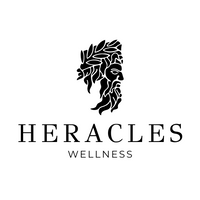

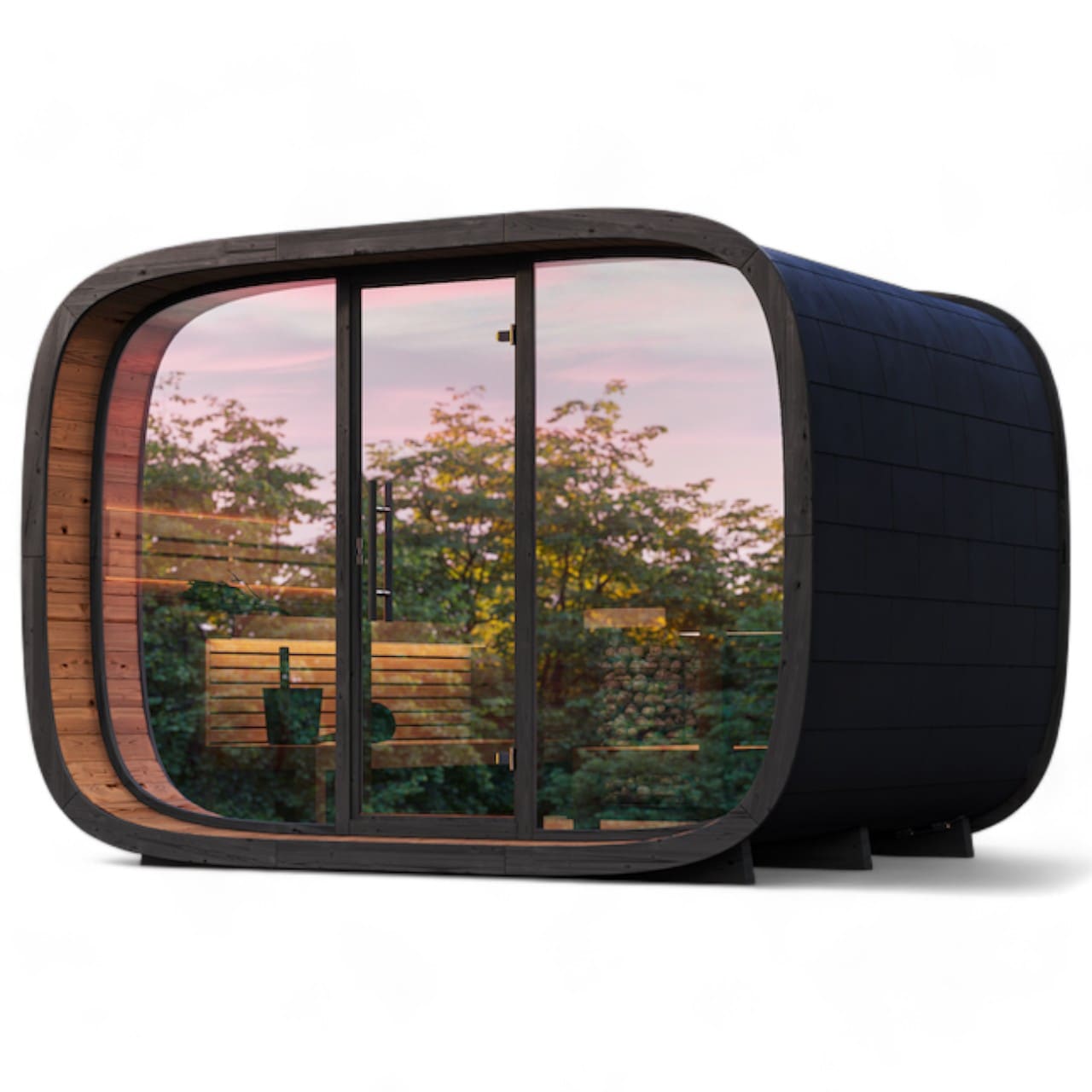
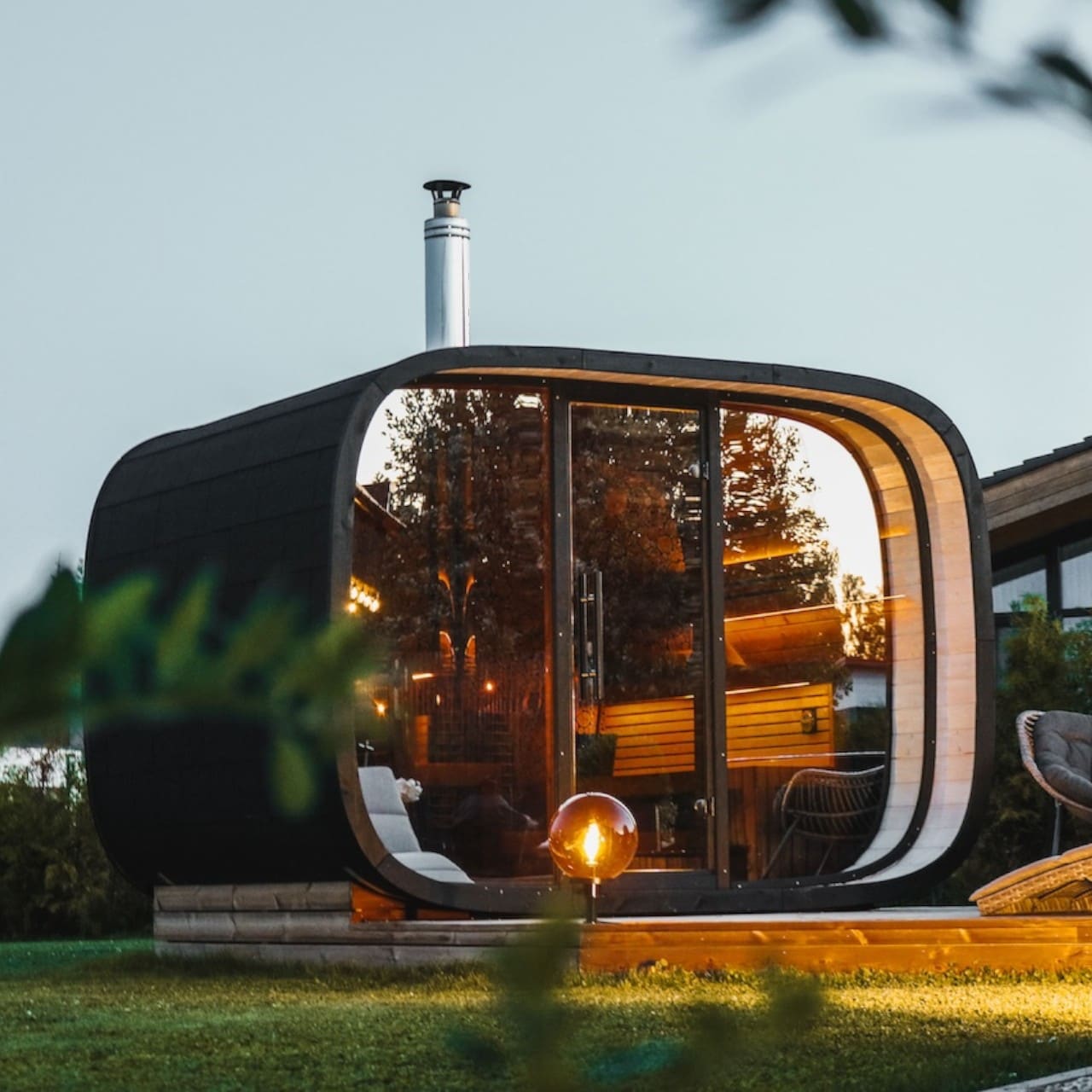
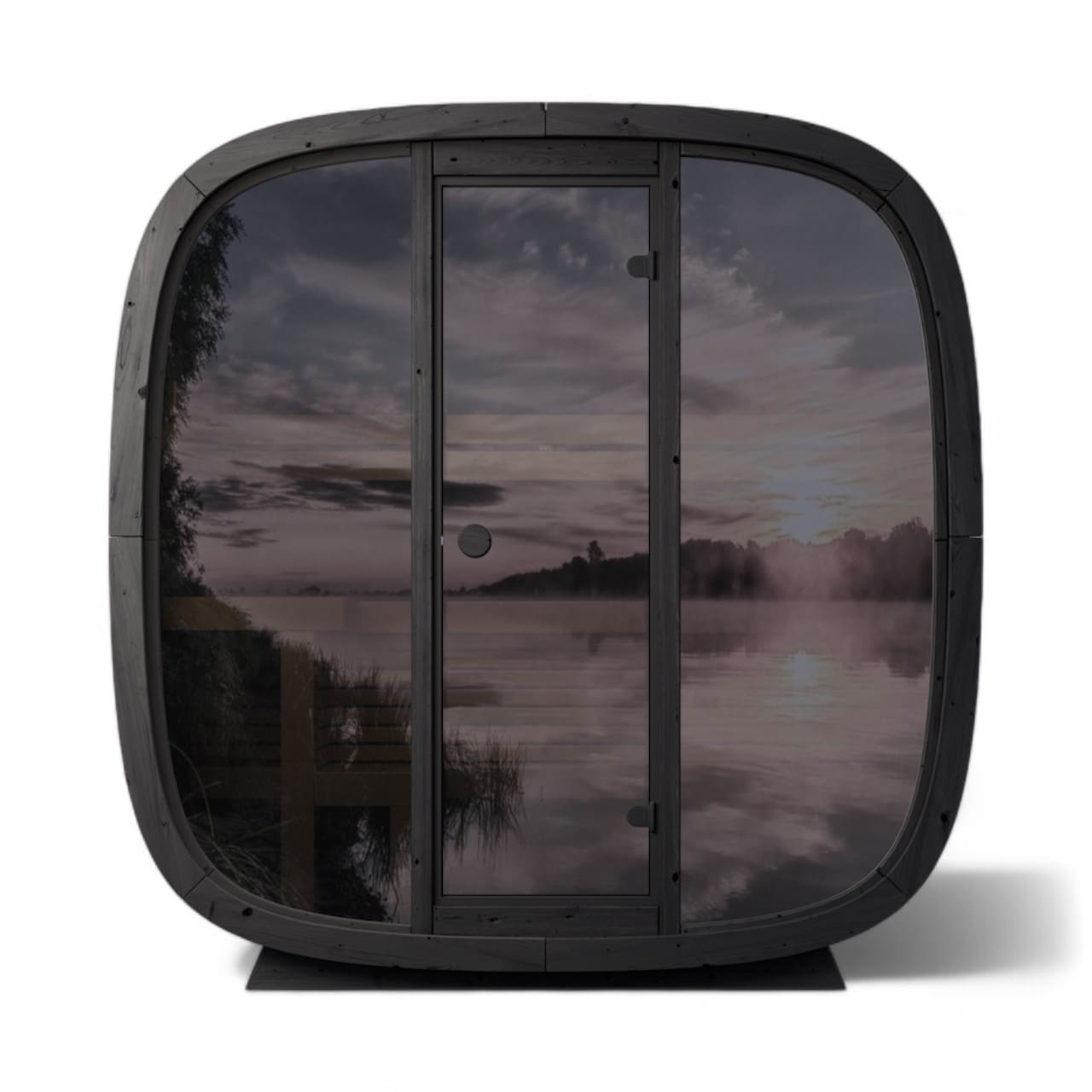
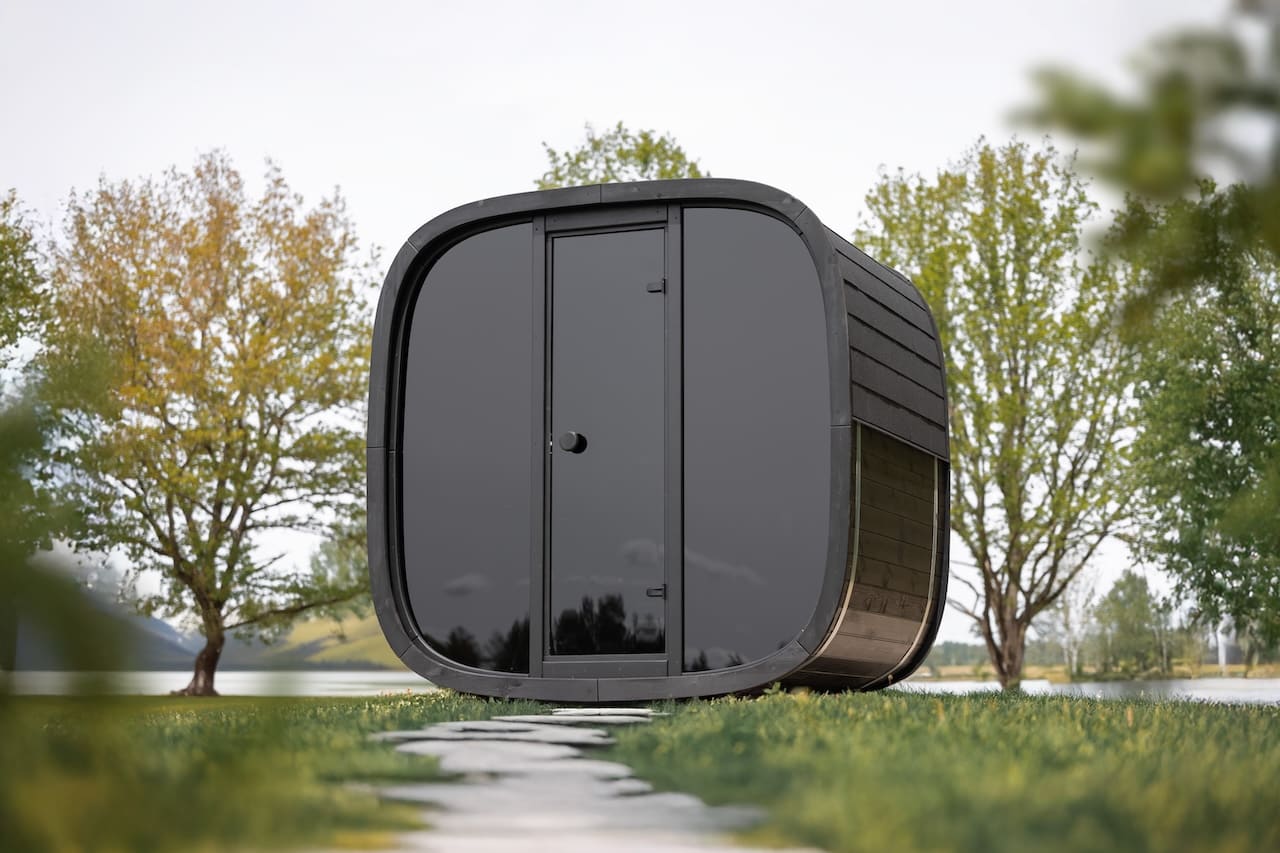
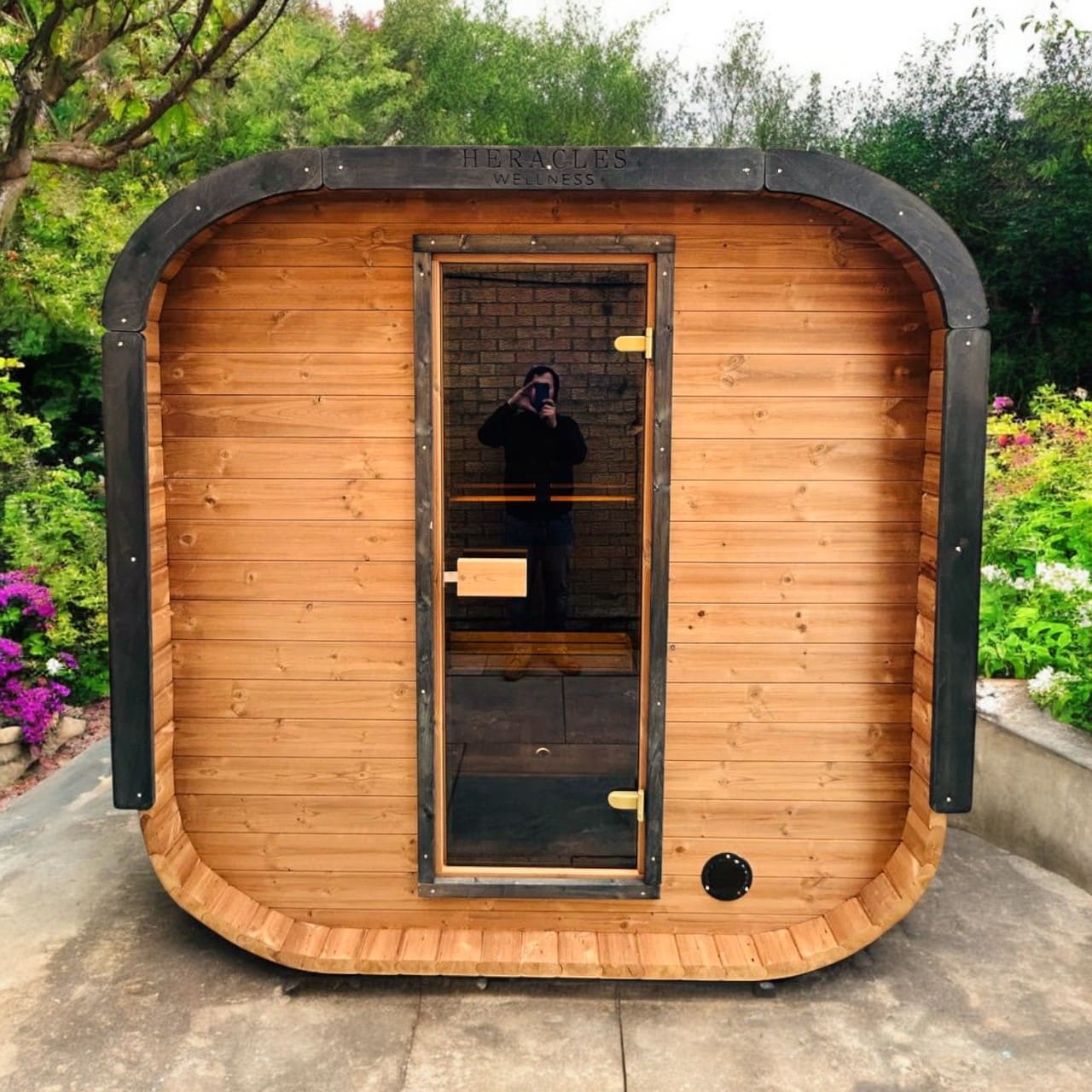
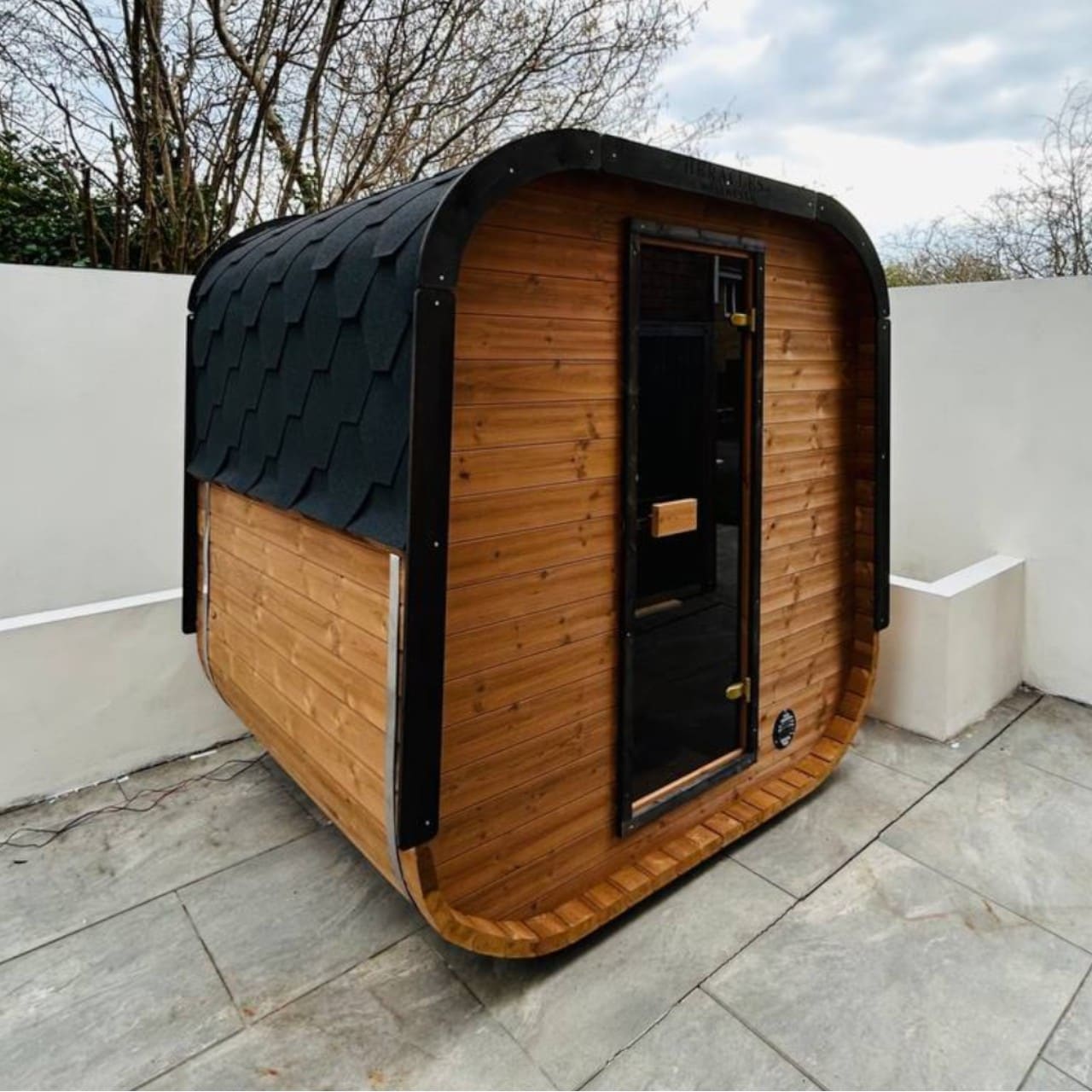
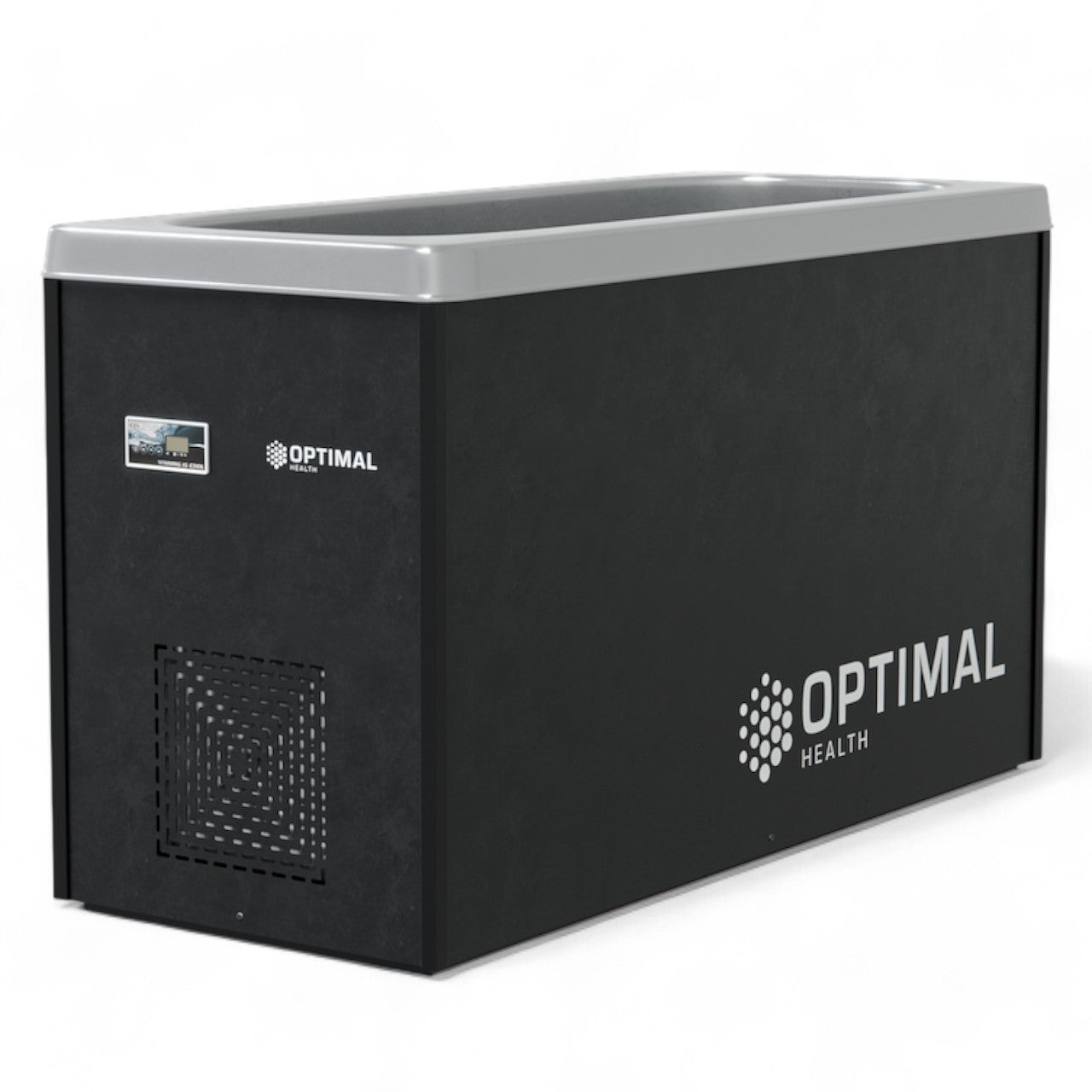
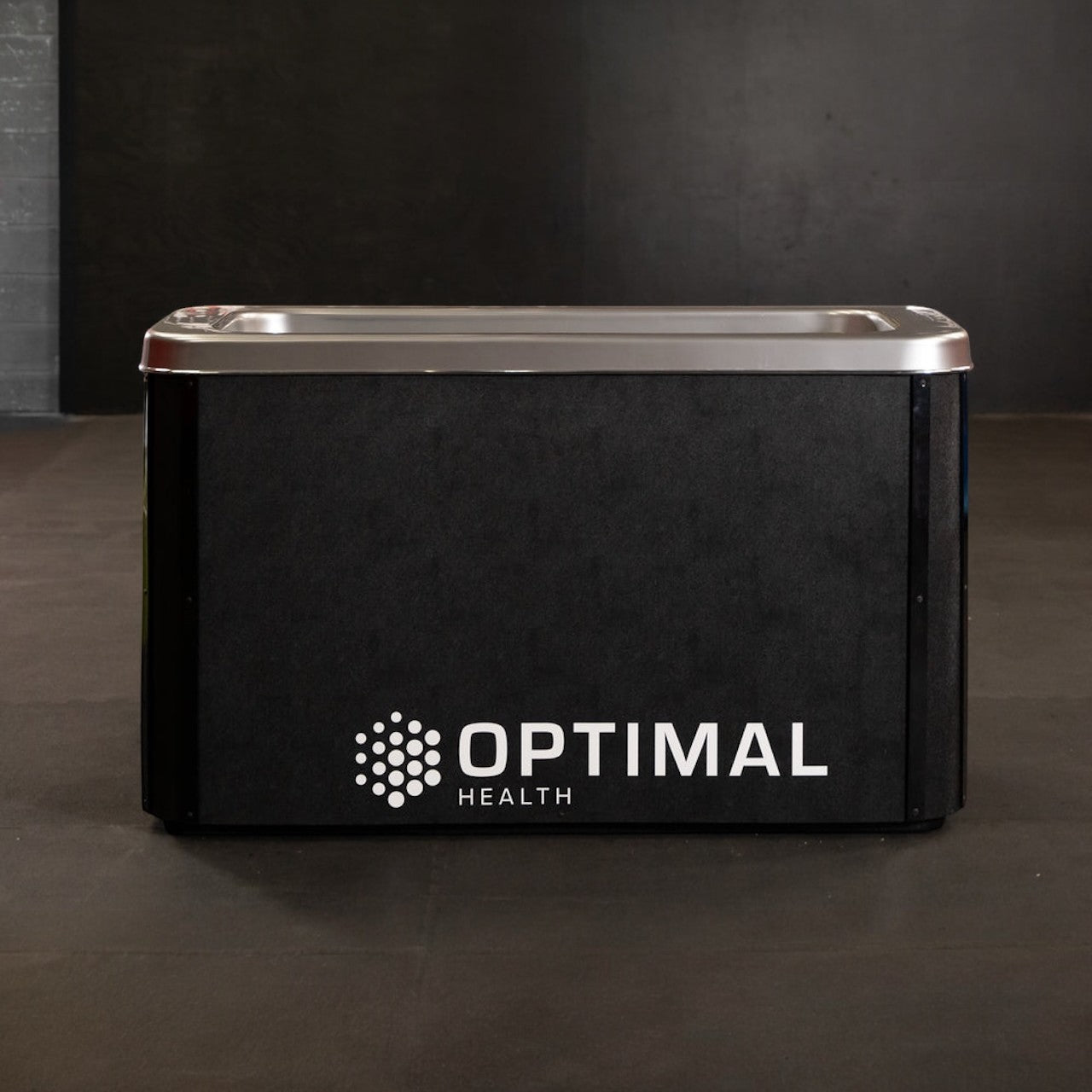

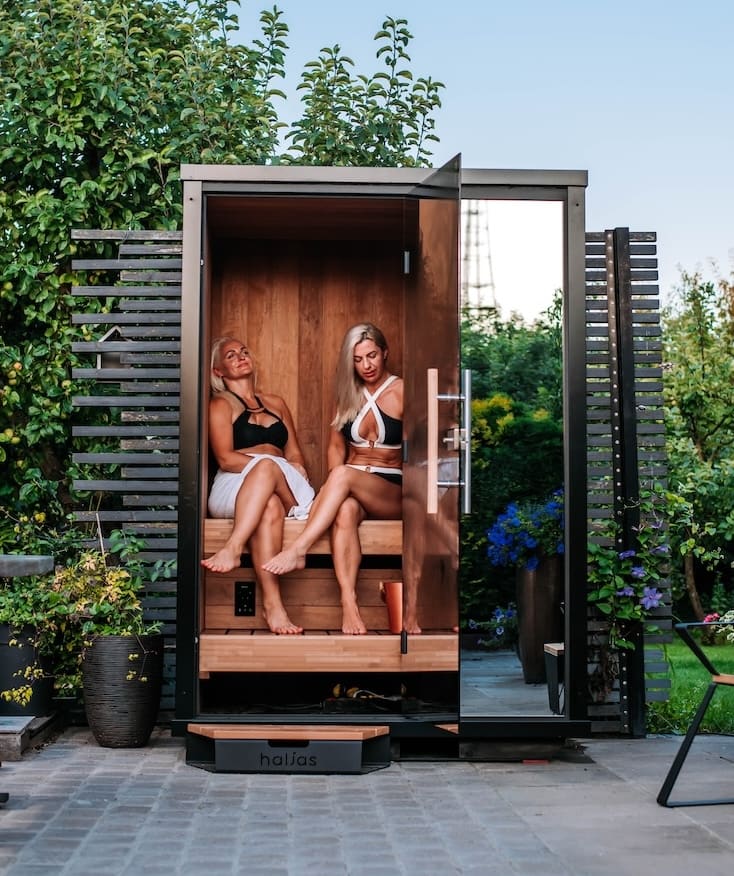


Leave a comment